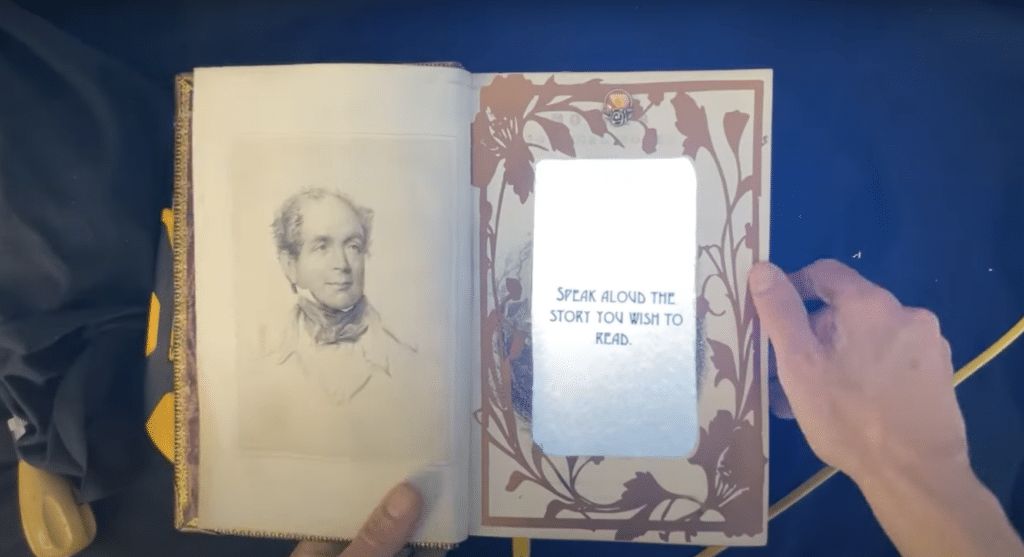Recent studies have shown that children’s reading abilities have declined in recent years. Many believe this is due to the increased use of smartphones and the decreasing interest in traditional books. However, a new DIY project called Erin St. Blaine’s Magic Storybook offers a solution to this problem.
The Magic Storybook is created using a Raspberry Pi with a 7-inch touch display, microphone, and other electronic components. It is powered by a USB power bank and housed inside a book-shaped casing. The project also requires appropriate software and an OpenAi account to function properly.
When the book is opened, a magnetic contact activates the electronics inside. Solid red LEDs indicate that the book is ready to listen. Using a USB microphone, children can tell the book what they want the new story to be about. The book then “thinks” and allows ChatGPT, an AI language model, to write a corresponding story. Within a short period of time, the story appears on the built-in display.
To enhance children’s engagement with the story, the software includes a file called “bookprompt.txt”. This file allows for the inclusion of keywords, such as the names of the children, making the story more personalized and relatable.
The circuit diagram for the magic book is surprisingly simple, making it easy to recreate. With minimal parts and straightforward wiring, anyone can build their own magical storytelling device. Erin St. Blaine hollowed out an old book to create the casing, but there are also book-shaped gift packages available for purchase or you can make one yourself.
The Magic Storybook DIY project offers a creative way to encourage children’s love for reading by combining traditional books with modern technology. With its ability to generate new stories on demand, it keeps children’s curiosity alive and nurtures their interest in reading.



